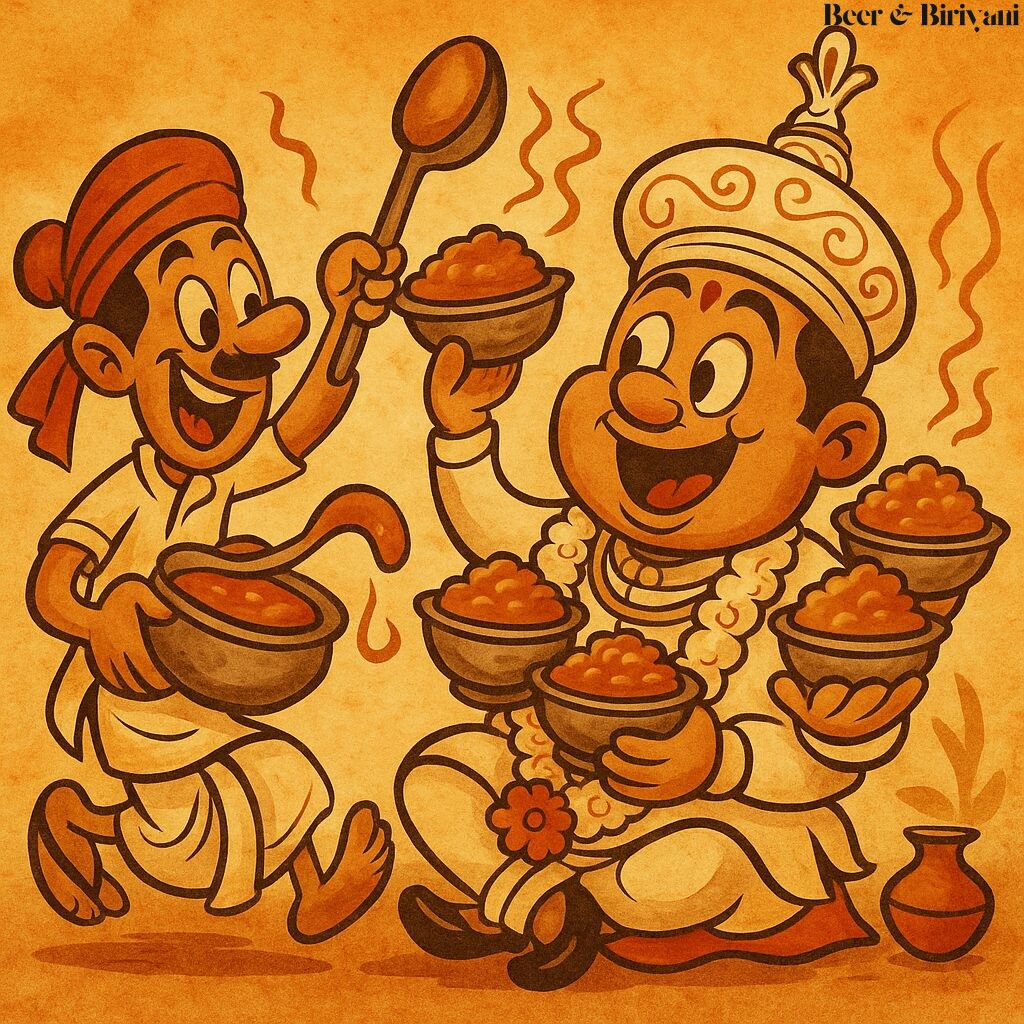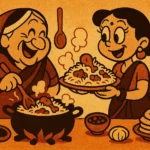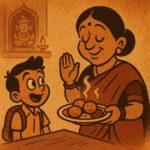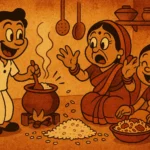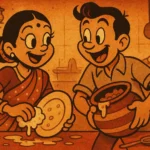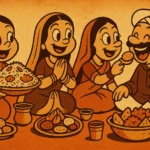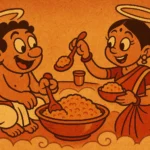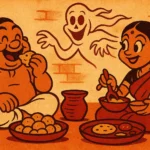The first time I was invited to a Bengali wedding in Kolkata, I thought I was prepared. I had a starched kurta, a healthy appetite, and years of experience attending Mumbai receptions where the food usually arrived lukewarm and finished lukewarmer. I was ready for the chaos, the selfies, the aunties asking awkward questions. What I wasn’t ready for was the food. Or more specifically, the five curries. Served one after the other, each with its own timing, spoon, and logic. No buffet. No mixing. Just order. Sacred, unapologetic order.
The Bengali wedding feast isn’t just a meal. It’s a performance. A culinary choreography that tells you everything about the region’s relationship with food, community, and the art of indulgence. And the five-curry structure? That’s the overture, climax, and encore rolled into one.
Act One: Shukto – The Bitter Beginning
You start with shukto. A lightly bitter, mildly sweet medley of vegetables like bitter gourd, raw banana, sweet potato, and bodi (dried lentil dumplings), cooked in a mustard-paste coconut-milk gravy. It’s medicinal. It’s poetic. It’s the only dish in India that makes bitterness a virtue at the very start of a celebratory meal.
Shukto isn’t meant to delight. It’s meant to cleanse. It sets the palate, cools the body, and politely warns you: “Pace yourself. This is just the beginning.” Think of it as the curtain raiser of the feast—low drama, high symbolism.
Act Two: Dal and Bhaja – Crunch Meets Comfort
Next comes moong dal, often roasted, nutty, and paired with a drizzle of ghee. But the real action is in the bhaja—deep-fried crispies that can range from beguni (batter-fried eggplant slices) to potol bhaja to thin strips of fried jhinge (ridge gourd) or alu. Served hot, stacked with precision, these aren’t snacks. These are accompaniments. Structured sidekicks to the dal. You mix, you match, you marvel.
At my first Bengali wedding meal, I made the rookie mistake of eating too much bhaja too quickly. A nearby uncle leaned over and whispered, “Save room. Maachh is coming.” Wise words. I loosened my waistband in preparation.
Act Three: The Fish Course – Sacred, Spiced, Sublime
This is the moment. The centerpiece. The bridegroom of the feast. Fish is sacred in Bengali culture. Not just food, but ritual. And in a wedding meal, it arrives with fanfare. Sometimes it’s rui macher kalia—rohu in a rich, spiced tomato gravy. Other times, it’s ilish bhapa—hilsa steamed in mustard and green chili. Or both. Because why choose?
The fish isn’t plopped onto your plate. It’s served with deliberation. Often by a man in crisp whites who moves like a butler and scoops like a poet. One piece, one curry, just enough gravy. You eat it with rice. You eat it slowly. You look around and realize no one is speaking anymore. That’s how you know it’s good.
Act Four: Meat Makes Its Move
After the fish, and only after the fish, comes the mutton. Never chicken. A proper Bengali wedding will serve kosha mangsho—slow-cooked goat meat, blackened and caramelized, almost sticky with spice. The gravy is rich, oily in the best way, and usually served with fragrant basanti pulao—a sweet, saffron-hued rice dotted with cashews and raisins.
This is the drama you were promised. This is where diets come to die. I’ve seen perfectly dignified uncles ask for second helpings, third helpings, and then ask if they can “wrap it for home.” And no one judges. Because everyone knows: when the kosha is good, restraint is an insult.
Act Five: The Grand Sweetening
Just when you think you’ve made it, dessert arrives. Not as a formality, but as a flourish. Usually two kinds of mishti—perhaps rosogolla and sandesh—followed by mishti doi, the fermented sweet yogurt served in earthen bowls. The trick is to eat slowly, but you can’t. Because Bengali sweets don’t just seduce the tongue—they hijack the willpower. And besides, you earned it. You made it through the five-curry gauntlet. You’re basically family now.
Why Five? Why This Order?
The structure isn’t arbitrary. It follows Ayurveda, digestive rhythm, and cultural pride. Bitter before sweet. Fish before meat. Light before heavy. Sweet at the end, but not too late. Each dish prepares you for the next. Each course clears space—for flavor, for anticipation, for the second helping you swore you wouldn’t take.
It’s also a love letter to abundance. To showing care through curation. To saying, “We could’ve fed you one good curry, but here are five, because we want you to remember this.”
What It Tells You
A Bengali wedding feast tells you that food isn’t just about taste—it’s about sequence, timing, patience. It teaches you that joy comes in layers, and that hospitality is an art form. It also quietly tells you not to wear tight trousers to a Bengali wedding. Trust me on that one.
So the next time someone says, “Bengalis love their food,” understand it’s not just love. It’s choreography. It’s pride. It’s memory served on a banana leaf or steel plate. Five curries, one life lesson: good things come in order—and often, with extra mustard oil.
Born in Mumbai, now stir-frying feelings in Texas. Writes about food, memory, and the messy magic in between — mostly to stay hungry, sometimes just to stay sane.

